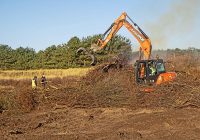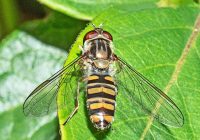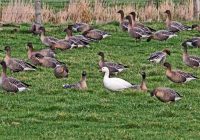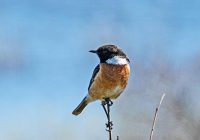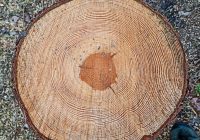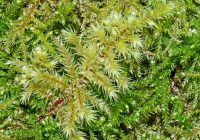Dr Phil Smith’s Wildlife Notes
January 2022
Another month of record breaking weather started with the warmest New Year’s Day ever. It was also the sunniest January recorded for England, though we experienced many days of continuous cloud cover. Finally, in contrast to December, it was particularly dry, rainfall in England being less than 40% of average. Here, only eight days had measureable rainfall and the sand-dune water-table showed no change during the month.
Our esteemed former Coast Management Officer, John Houston, joined me on 4th to see the effects of the 22 Belted Galloway cattle on Ainsdale Sandhills Local Nature Reserve. As I have mentioned before, they have done a fantastic job opening up rank vegetation on the fixed-dunes and creating patches of disturbed ground essential for our smaller plants and specialised duneland insects. We noticed that they have even grazed off the tips of Marram blades. Most livestock types won’t touch this coarse grass. Regrettably, two dogs ran at the cattle but, fortunately, the owner was able to call them off before any damage was done.
One of the flagship insects helped by the grazing is the Spring Heath Robberfly. Last year, Pete Kinsella and I wrote a paper on our three years of observations on this charismatic little duneland predator. It was published this month in the British Journal of Entomology and Natural History.
On 11th, I went to Ravenmeols Local Nature Reserve to observe work contracted by the National Trust to remove the enormous stands of Sea Buckthorn that have grown over several decades. I rejoiced to see a big machine pulling out the last of the buckthorn by the roots. The following day, I headed for Freshfield Dune Heath Nature Reserve to see similar work by contractors taking out birch that has invaded the heathland. They had an incredibly noisy chipper, reducing the branches to material that can be re-used. Volunteers organised by Andrew Hampson are in the process of clearing invasive gorse from the central heath. They have already revealed two ponds that no-one knew about. Reflecting the mild weather, a bonus on the nearby bridal-way was my first January Marmalade Hoverfly. Coincidentally, Pete Kinsella sent me photos of two other common hoverfly species he found at Crosby: Common Dronefly and Spotted Meliscaeva. He also photographed Common Green and Gorse Shieldbugs sunning themselves, rather than hibernating.
Reports of a Snow Goose with the Pinkfeet encouraged me to drive across Plex Moss on14th. Sure enough, a big flock of about 5000 geese, including the Snow, was there but very distant and mostly hidden behind a row of trees. Therefore, I decided to try again the following day. This time the flock was in a field next to the road with good views of what was evidently a pristine Lesser Snow Goose on size and other features. In view of their popularity in collections, the origin of Snow Geese is always a matter for debate. However, it is accepted that wild birds from the breeding range in Arctic North America may occasionally latch onto migrating Pinkfeet. While I watched from the car, the flock was undisturbed. However, soon enough, several car-loads of birders arrived, jumping out, slamming doors, erecting tripods and shouting to each-other. The geese were unusually tolerant and merely walked away to the far side of the field. I departed wondering what had happened to field-craft.
Ravenmeols dunes are invariable quiet in mid-January but, on 16th, a Coal Tit was singing from the woods, while a Jay and a wintering Chiffchaff called and a lovely male Stonechat perched on a bush. The only insects were several Bluebottles sunning themselves on dead wood. I was intrigued to see fresh Roe Deer tracks on the bare sand created by the removal of a large buckthorn patch. They were near to those I found in the Devil’s Hole last month.
On 21st, Trevor Davenport joined me at Ainsdale NNR to check out the hundreds of pines toppled by storm Arwen. Ring counts showed that most were 80-90 years old. A bonus was 30 Siskins twittering from a tree-top, while another good find was a sizeable patch of Big Shaggy-moss, a distinctive species that is rare on the dunes. The day after, two large Goldfish were showing at Sands Lake. However, chatting to a fish expert, I was corrected. They are evidently a golden form of the Grass Carp, an alien fish that is sometimes used to control waterweeds.
Returning to Plex Moss at the end of the month, the Pinkfeet were spread out across several fields and there was no sign of the Snow Goose. A big surprise was a flock of about 160 Rooks amongst the geese. I couldn’t remember seeing Rooks on the mosses before. Further inquiries suggested that they may have come from a growing rookery at Scarisbrick and that such a large number was indeed unusual.

